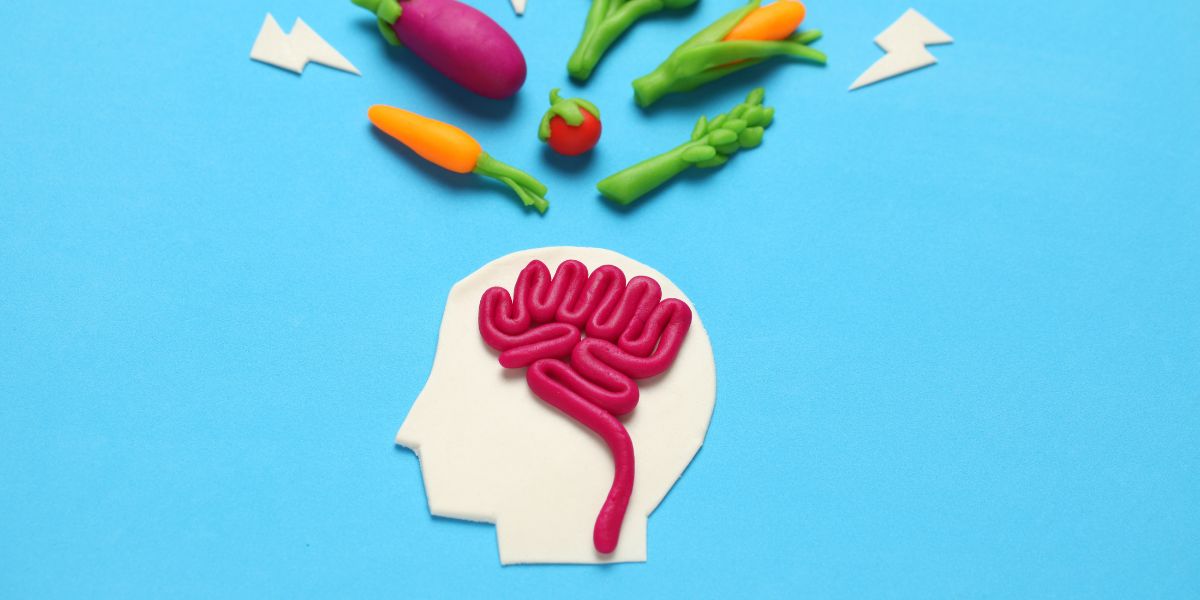Christmas can be a challenging time for children as the exposure to sweet foods can be very difficult to avoid.
Adding to the difficulty is the fact that the Christmas season lasts over a number of days which can significantly impact upon a child’s ability to maintain good blood glucose control
We look at some practical ways to help make it easier for your child to make it through Christmas feeling happy and still in control of their diabetes.
Insulin doses before meals
Your child may be used to working out their own insulin doses but this can be more difficult over Christmas.
Let your child know what courses to expect and try not to tempt them into having any food they haven’t accounted for in their insulin doses
Keep temptation out of sight
Foods on display present an enormous temptation, and for a child with diabetes the temptation can be a particularly difficult struggle. Bear in mind that it is not just sweet foods that impact blood glucose levels
Keeping foods out of sight between meals can help to relieve the temptation and make Christmas easier to deal with for your child.
It can be worthwhile putting away foods not in use or to cover them.
Discussing diabetes
Christmas can be a time when children are in a different environment and your child may feel more self-conscious than usual about their diabetes in the presence of wider family members.
If in doubt, it can help to ask your child how happy they are to discuss their diabetes in front of others present.
Be aware of hypers and hypos
There may be a higher chance of high or low blood sugar levels occurring over Christmas so be on the look out for any signs of high or low sugar levels.
- Read more on the symptoms of high and low blood sugar levels
Your child will likely need to test their sugar levels more regularly than normal after Christmas. Some children may not be keen on taking extra blood tests so be ready to reassure them that it’ll help them to feel better and in a better position to enjoy their Christmas.
Managing mood swings
High and low blood glucose levels can lead to changes in mood in the immediate term. Being low and being high can be uncomfortable for children and they may not always be able to express how they feel.
If your child is reacting negatively to a situation, it can help to talk to him or her in private so they can more easily discuss any issues they may be struggling with that may not otherwise be apparent.
- Read more on emotions in children with diabetes
Don’t let them be left out
A child with diabetes may not be able to have as many sweet treats as their brothers, sisters or cousins. One option is to provide some treats that are not so sweet. To help you get started with choosing some treats that are more blood sugar friendly, see our low sugar sweets guide
An alternative option to prevent your child feeling left out, is to have a form of non-food treat or surprise on hand especially for them. This can be a nice touch, particularly if they have had to test their blood glucose levels more often than usual or have had other aspects, such as low or high sugar levels, to deal with.







